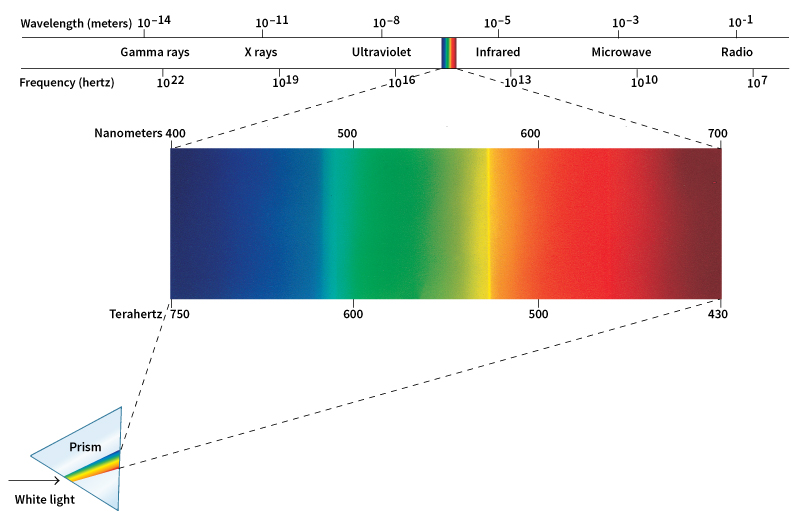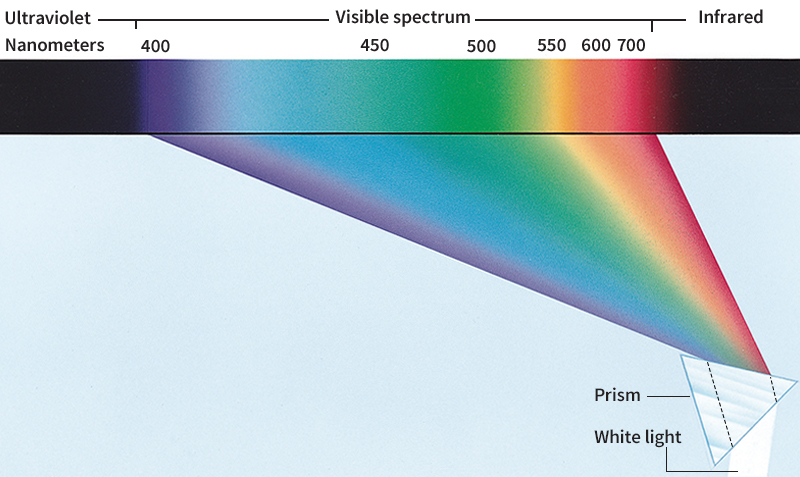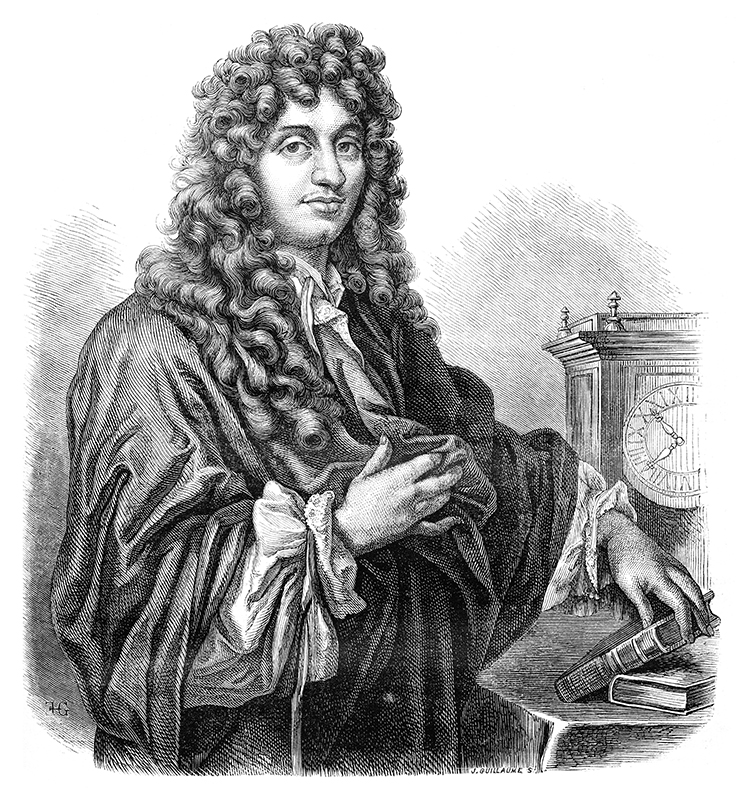Optics is the branch of physics and engineering that is concerned with the properties of light. Optics deals with how light is produced, how it is transmitted, and how it can be detected, measured, and used. Light includes all the rays of the electromagnetic spectrum. They are gamma rays, X rays, ultraviolet light, visible light, infrared light, microwaves, and radio waves.

Many instruments operate according to the principles of optics. They include binoculars, cameras, microscopes, projectors, and telescopes. These instruments transmit and manipulate light using optical devices, such as lenses and mirrors. Visible light can be detected and measured with an instrument called a light meter.
The study of optics has increased the number of uses of light. For example, scientists have developed optical fibers that can transmit light along a twisted or curved path. Such fibers are used to carry many signals once carried by wire. Scientists have developed concentrated light sources called lasers for many practical uses.
Scientists may use a prism or other device to divide light into a band of colors called a spectrum. Scientists analyze spectra (the plural of spectrum) with instruments called spectrometers.
There are three major branches of optics. Geometrical optics is concerned with the study of light as rays. Physical optics deals with the nature and behavior of light as a wave. Quantum optics studies the nature of light as individual particles called photons.
Basic principles
of optics describe what light is and how it behaves. A number of reactions may occur when light strikes an object. Many of them can be described by the principles of reflection, refraction (the bending of light rays), and diffraction (the spreading of light rays). Other principles of optics include polarization, the lining up of light waves in certain directions; the photoelectric effect, the transfer of energy from light to an electric current; and interference, a reinforcing or canceling effect between two or more light waves.

History.
The Arab scientist Alhazen is sometimes called the founder of optics. In the 1000’s, he wrote Kitāb al Manāzir (Book of Optics), an important book on the theory of light and its role in vision. But the steady development of modern optics did not begin until the 1600’s. At that time, the Italian scientist Galileo built telescopes to observe the planets and stars. Sir Isaac Newton, an English scientist, experimented with lenses and used a prism to break sunlight into its colors. In the Netherlands, the physicist Christiaan Huygens studied polarization and later proposed a theory of light as a wave.

In the early 1800’s, two physicists did much to confirm Huygens’s theory—Thomas Young of England and Augustin Fresnel of France. Young formulated the principle of the interference of light. Fresnel later developed a mathematical formula that supported this principle.
During the mid-1800’s, two French scientists, Armand H. L. Fizeau and Jean B. L. Foucault, made accurate measurements of the speed of light. At about the same time, the German scientists Robert Bunsen and Gustav Kirchhoff showed that chemical elements produce distinctive color bands of the spectrum. In 1864, the Scottish physicist James Clerk Maxwell introduced the electromagnetic theory of light. Such scientists as Albert A. Michelson of the United States, Frits Zernike of the Netherlands, and Dennis Gabor of the United Kingdom have won the Nobel Prize in physics for advances in optics.
